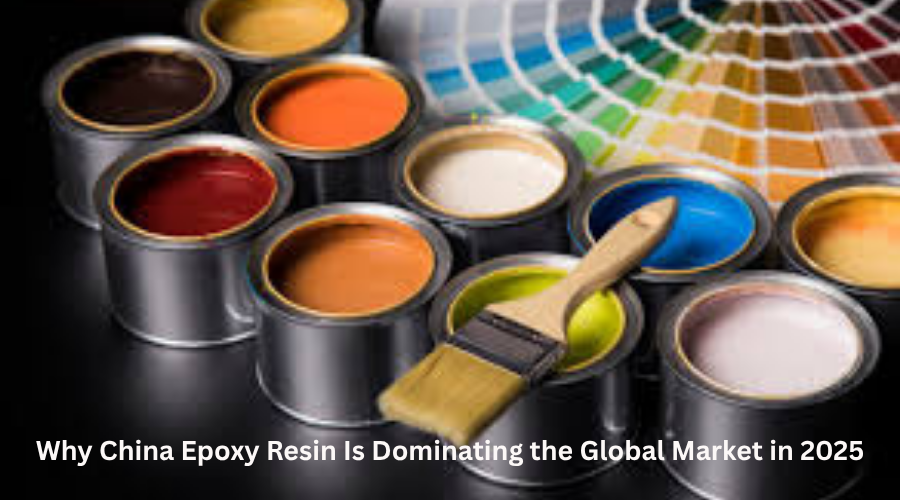What Type of Adhesive Is Polyurethane?
- qinglongdatech
- Dec 11, 2024
- 4 min read

Polyurethane adhesives are versatile and widely used bonding agents known for their strong, durable, and flexible properties. Whether you're tackling a woodworking project, assembling furniture, or even dealing with construction materials, polyurethane glue stands out as an ideal choice. But what exactly is polyurethane adhesive, and what makes it so effective? Let's explore this robust bonding solution and understand why it's a go-to product for various industries.
What Is Polyurethane Adhesive?
Polyurethane adhesive, often referred to as PU glue, is a type of synthetic resin adhesive. It is made from a polymer base, specifically designed to attach a wide range of materials. The adhesive is known for its incredible versatility, offering powerful bond to surfaces like wood, metal, plastic, concrete, ceramics, and even glass.
This adhesive is unique because it combines strength and flexibility. When cured, it creates a bond that resists wear and tear, water, heat, and even chemical exposure. Whether you're working on a household repair or an industrial application, polyurethane adhesives deliver exceptional results.
How Does Polyurethane Adhesive Work?
Polyurethane glue operates through a reaction with moisture. When applied, the adhesive absorbs moisture from the air or the surfaces being bonded. This activates a chemical reaction that causes the glue to foam slightly and expand, filling gaps and ensuring a secure bond.
The curing process typically takes a few hours to complete, depending on environmental conditions like temperature and humidity. Once cured, the adhesive forms a rigid yet flexible bond capable of withstanding mechanical stress and environmental factors.

Key Properties of Polyurethane Adhesives
Versatility
Polyurethane adhesives bond well with a broad range of materials, including dissimilar surfaces. This makes them suitable for both simple and complex projects.
Water Resistance
One of the notable aspects of polyurethane glue is its excellent resistance to water. This property makes it a preferred choice for outdoor applications or in humid environments.
High Strength
Once cured, the adhesive provides a strong and durable bond that can withstand significant mechanical stresses.
Temperature Resistance
Polyurethane adhesives perform well under extreme temperatures, making them suitable for both hot and cold conditions.
Flexibility
Unlike some adhesives that become brittle, polyurethane maintains a level of flexibility, allowing it to absorb movement without cracking.
Applications of Polyurethane Adhesive
Polyurethane adhesives are used in numerous sectors due to their unique characteristics. Here are some of the most common applications:
Woodworking
PU glue is highly valued in woodworking projects for its strong bonding capabilities and ability to fill gaps.
Automotive Industry
In the automotive sector, polyurethane adhesives are used for bonding interior panels, windshield seals, and other components.
Construction
Polyurethane adhesives are widely used in construction for tasks like installing insulation panels, bonding tiles, and securing flooring materials.
Marine Applications
Thanks to their water resistance, polyurethane adhesives are a staple in marine applications, such as repairing boats or attaching waterproof seals.
DIY Repairs
For household repairs, polyurethane glue is an excellent choice for bonding materials like ceramics, plastic, and metal.
Advantages of Polyurethane Adhesives
Strong Bonding Strength: It can handle heavy-duty applications, providing a reliable and robust connection.
Gap-Filling Ability: Its slight expansion allows it to fill gaps between surfaces, ensuring a tight seal.
Moisture Resistance: Perfect for outdoor and underwater applications.
Versatility: Suitable for bonding a variety of materials.
Durability: Resistant to environmental factors like UV rays, chemicals, and wear.
Limitations of Polyurethane Adhesives
While polyurethane adhesives are highly effective, they come with a few limitations:
Foaming During Curing: The expansion can be beneficial for filling gaps but might require cleanup to maintain a neat finish.
Longer Curing Time: Compared to some instant adhesives, PU glue takes longer to fully cure.
Storage Challenges: The adhesive can harden inside the container if not stored properly, as it reacts with moisture in the air.
How to Use Polyurethane Adhesive?
To get the best results from polyurethane glue, follow these steps:
Prepare the Surface: Ensure both surfaces are clean, dry, and free of oil or dust.
Apply the adhesive: Apply a light coat. Spread glue on one sur.
Join the Surfaces: Press the surfaces together firmly for a few minutes to allow initial bonding.
Clamp for Best Results: Use clamps to hold the materials in place while the adhesive cures.
Allow Time to Cure: Give the adhesive enough time to fully set, typically 24 hours.
Working with a reliable Polyurethane Glue supplier ensures you get high-quality adhesives designed for professional-grade results. These suppliers offer a range of products suited for specific applications, ensuring you always have the right adhesive for your needs. Whether you're a DIY enthusiast or a professional contractor, sourcing your glue from a trusted supplier guarantees consistency and performance.
FAQs
1. How long does polyurethane glue take to dry?
It typically takes about 4–6 hours for initial bonding and up to 24 hours for a full cure.
2. Is polyurethane adhesive waterproof?
Yes, polyurethane adhesives are highly resistant to water, making them suitable for outdoor and marine industries.
3. Can polyurethane glue bond dissimilar materials?
Absolutely! Polyurethane glue works well with a variety of materials, including wood, metal, plastic, and ceramics.
4. How should I store polyurethane adhesive?
Preserve the adhesive in a cool, dry place with the container tightly sealed to prevent moisture from activating it prematurely.
5. What are the protective measures when using polyurethane glue?
Wear gloves and work in a properly aired space to avoid skin contact and inhalation of fumes.
Conclusion
Polyurethane adhesive is an exceptional bonding solution with a wide range of applications. Its unique properties, such as flexibility, water resistance, and strong bonding capabilities, make it a preferred choice for both industrial and household tasks. By understanding how to use it effectively, you can ensure reliable results for any project. Whether you're working on woodworking, construction, or DIY repairs, polyurethane adhesive is a tool that delivers durability and versatility every time.







Comments